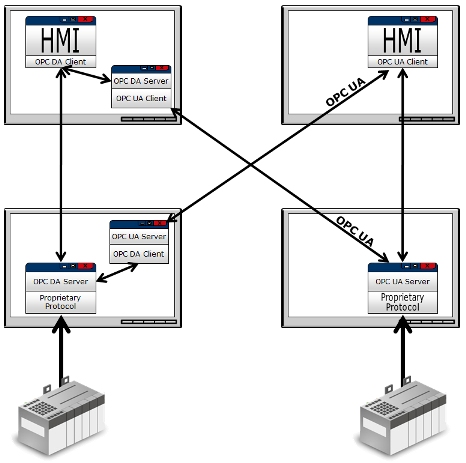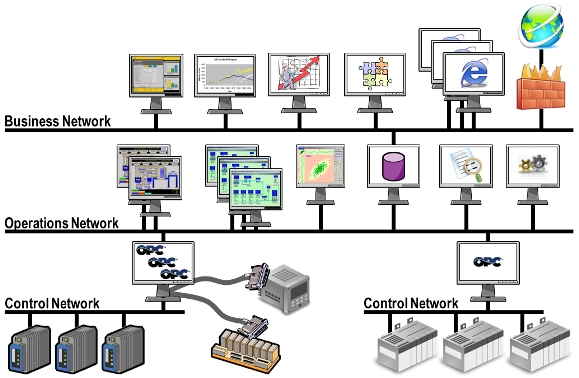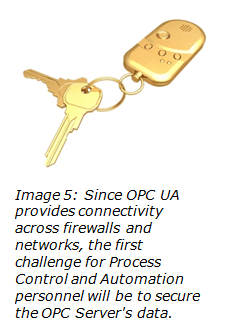
Automation, Control & Plant Intelligence - Articles, Analysis, Reviews, Interviews & Views



 OPC UA makes it relatively easy for a multitude of applications to connect with each other. So the new challenge for Automation personnel will be to secure their systems from unwanted connections. Web services will make it easy to cross firewalls and networks. So, unwanted connections from people and applications will become far more common. However, unlike IT systems, Automation systems are responsible for production and safety. Therefore, security will quickly rise to the forefront. Automation personnel will have to learn how to secure their systems in a way that still enables them to provide access to those who need it.
OPC UA makes it relatively easy for a multitude of applications to connect with each other. So the new challenge for Automation personnel will be to secure their systems from unwanted connections. Web services will make it easy to cross firewalls and networks. So, unwanted connections from people and applications will become far more common. However, unlike IT systems, Automation systems are responsible for production and safety. Therefore, security will quickly rise to the forefront. Automation personnel will have to learn how to secure their systems in a way that still enables them to provide access to those who need it.
 Randy Kondor, President, OPC Training Institute, has more than 15 years of leadership experience building global OPC and security awareness and acceptance. An accomplished engineer, his vision and capable expertise have been a driving force in making the OPC Training Institute the world's largest OPC training company.
Randy's success is due to the priority he has placed on educating industry about OPC standards. Education continues to be his focus today. His significant impact in the industry continues to be felt as ....... See Details....
Randy Kondor, President, OPC Training Institute, has more than 15 years of leadership experience building global OPC and security awareness and acceptance. An accomplished engineer, his vision and capable expertise have been a driving force in making the OPC Training Institute the world's largest OPC training company.
Randy's success is due to the priority he has placed on educating industry about OPC standards. Education continues to be his focus today. His significant impact in the industry continues to be felt as ....... See Details....
YOU MAY LIKE:
Popular Articles
Manufacturing Insights